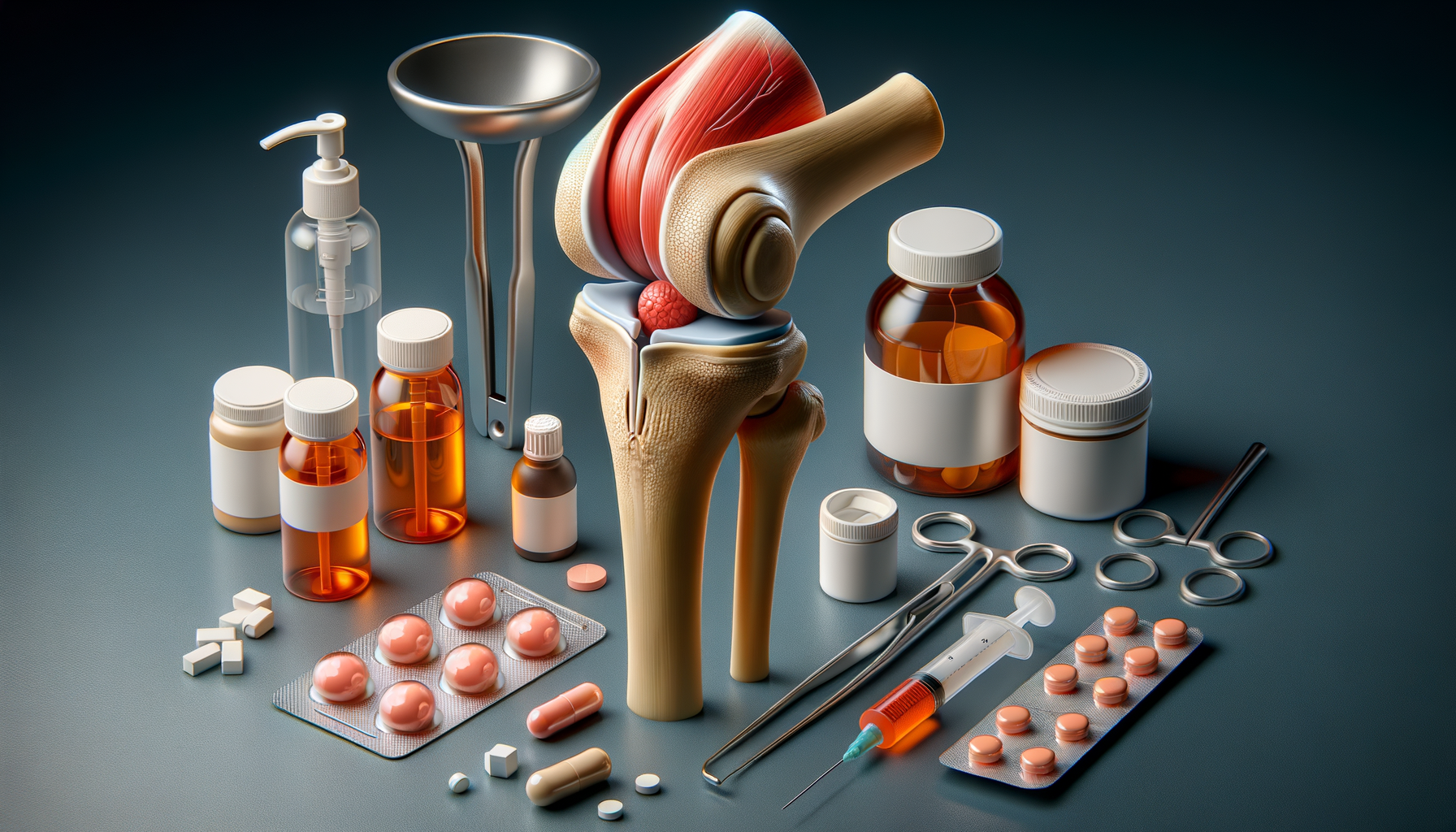
Explore Natural Knee Pain Relief Options in Delaware – Insights Beyond Conventional Treatments!
Understanding the Causes of Knee Pain
Knee pain is a common affliction that affects individuals of all ages, often resulting from a variety of causes. Understanding these underlying factors is crucial in finding effective treatment options. The knee joint is a complex structure comprising bones, cartilage, ligaments, and tendons, all of which can contribute to discomfort when damaged or overused.
Common causes of knee pain include:
- Osteoarthritis: This degenerative joint disease is a leading cause of knee pain, characterized by the breakdown of cartilage.
- Injuries: Sprains, strains, and fractures can occur from sports, accidents, or falls.
- Bursitis: Inflammation of the bursae, small fluid-filled sacs that cushion the knee joint, can lead to pain.
- Tendinitis: Overuse or repetitive motion can cause inflammation of the tendons.
Delving deeper into these causes, it’s evident that lifestyle, age, and physical activity levels are significant contributors. For instance, athletes may experience knee pain due to intense physical activity, while older adults might suffer from arthritis-related pain. Recognizing these causes allows for more tailored treatment approaches, focusing on alleviating pain and preventing future occurrences.
Conventional Treatments: Pros and Cons
Conventional treatments for knee pain often involve a combination of medication, physical therapy, and in some cases, surgery. These methods have been widely used and are supported by substantial research, but they come with their own set of advantages and limitations.
Medications, such as nonsteroidal anti-inflammatory drugs (NSAIDs), offer quick relief by reducing inflammation and pain. However, long-term use can lead to side effects like gastrointestinal issues. Physical therapy focuses on strengthening the muscles around the knee, improving flexibility, and reducing pain through targeted exercises. While effective, it requires commitment and time to see significant results.
Surgical options, such as arthroscopy or knee replacement, are typically considered when other treatments fail. These procedures can provide substantial relief and improve quality of life, but they also carry risks and require recovery time.
Weighing these pros and cons is essential for individuals seeking relief from knee pain. While conventional treatments are effective for many, they may not be suitable for everyone, prompting a search for alternative methods that align better with personal health goals and lifestyles.
Exploring Alternative and Natural Remedies
As the search for knee pain relief continues, many individuals are turning to alternative and natural remedies. These options often appeal to those seeking holistic approaches, aiming to address not only the symptoms but also the underlying causes of pain.
Some popular natural remedies include:
- Acupuncture: This traditional Chinese medicine technique involves inserting thin needles into specific points on the body to relieve pain and improve overall wellness.
- Herbal Supplements: Ingredients like turmeric and ginger are known for their anti-inflammatory properties and can be incorporated into diets or taken as supplements.
- Yoga and Tai Chi: These low-impact exercises enhance flexibility, strength, and balance, potentially reducing knee pain over time.
- Massage Therapy: Regular massages can help improve circulation and reduce tension in the knee area, offering relief.
While scientific evidence supporting these methods varies, many individuals report significant improvements in their knee pain symptoms. It’s important to approach these remedies with an open mind and consult with healthcare professionals to ensure they complement any existing treatments. By exploring these alternative options, those suffering from knee pain can discover new paths to relief that align with their personal health philosophies.
Conclusion: Finding the Right Path to Relief
Navigating the world of knee pain treatment can be overwhelming, given the multitude of options available. However, understanding the causes of knee pain and exploring both conventional and alternative treatments can empower individuals to make informed decisions about their health.
Whether opting for traditional methods or venturing into natural remedies, the key is to find a balance that suits individual needs and lifestyles. Consulting with healthcare professionals and remaining open to trying new approaches can lead to effective pain management and improved quality of life. By staying informed and proactive, those suffering from knee pain can find the path to relief that works best for them.


